Why you can trust TechRadar
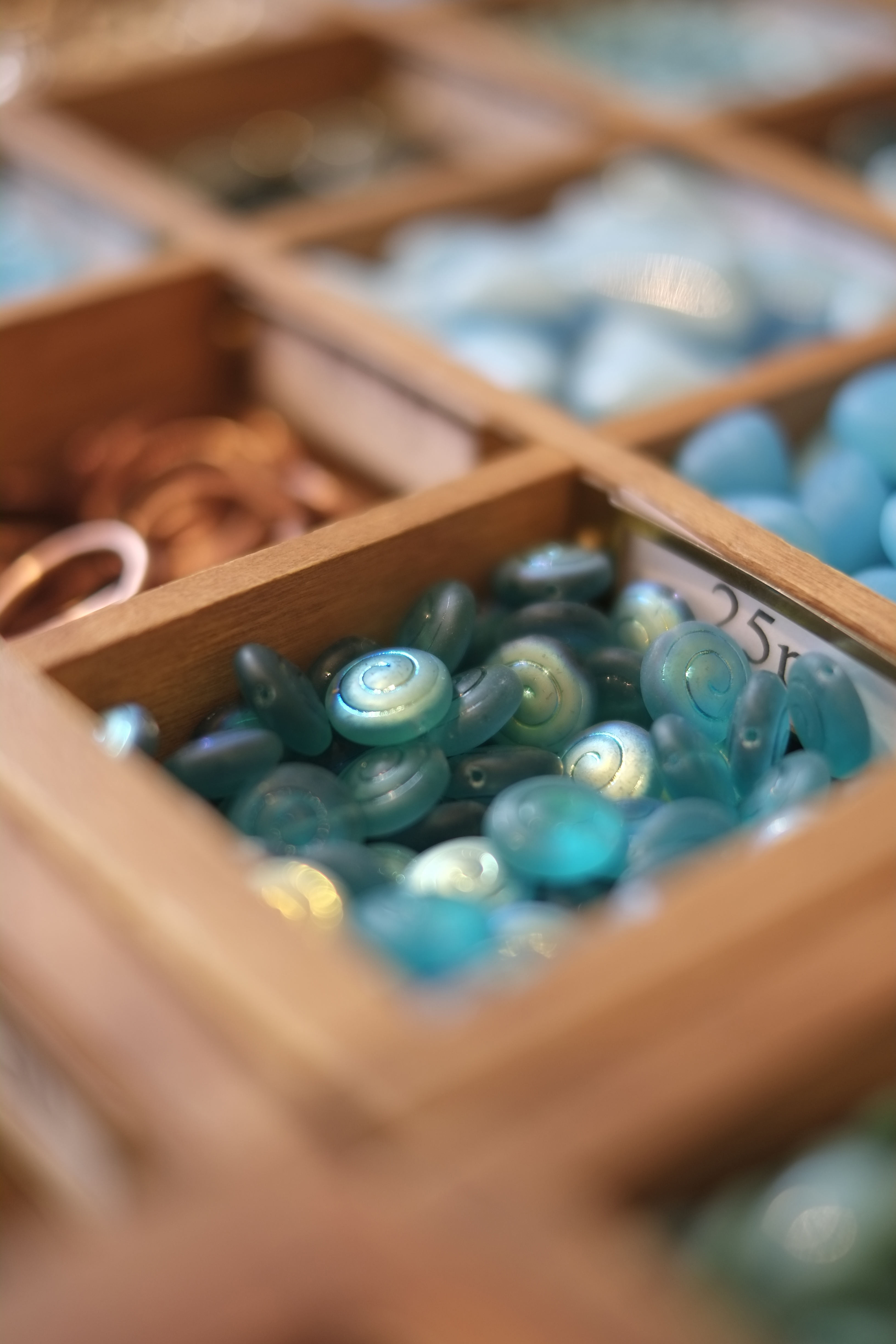
Shooting at f/1.4 using the 35mm lens has restricted the depth of field nicely here. (See full image)

Taken using the 256-zone Multi metering system, this scene required +1.33EV exposure compensation to bring out the details of the statue against the bright overcasst sky. (See full image)

The auto white balance system struggled to cope with the mixed lighting and has produced a slightly warm result - it's also a little darker than we'd like. (See full image)

This is the same image as the one immediately above, but we've used Photoshop's levels control to address the colour and brightness issues. (See full image)

Another image that needs a little brightening, but there's plenty of scope for making adjustments thanks to the broad dynamic range. (See full image)
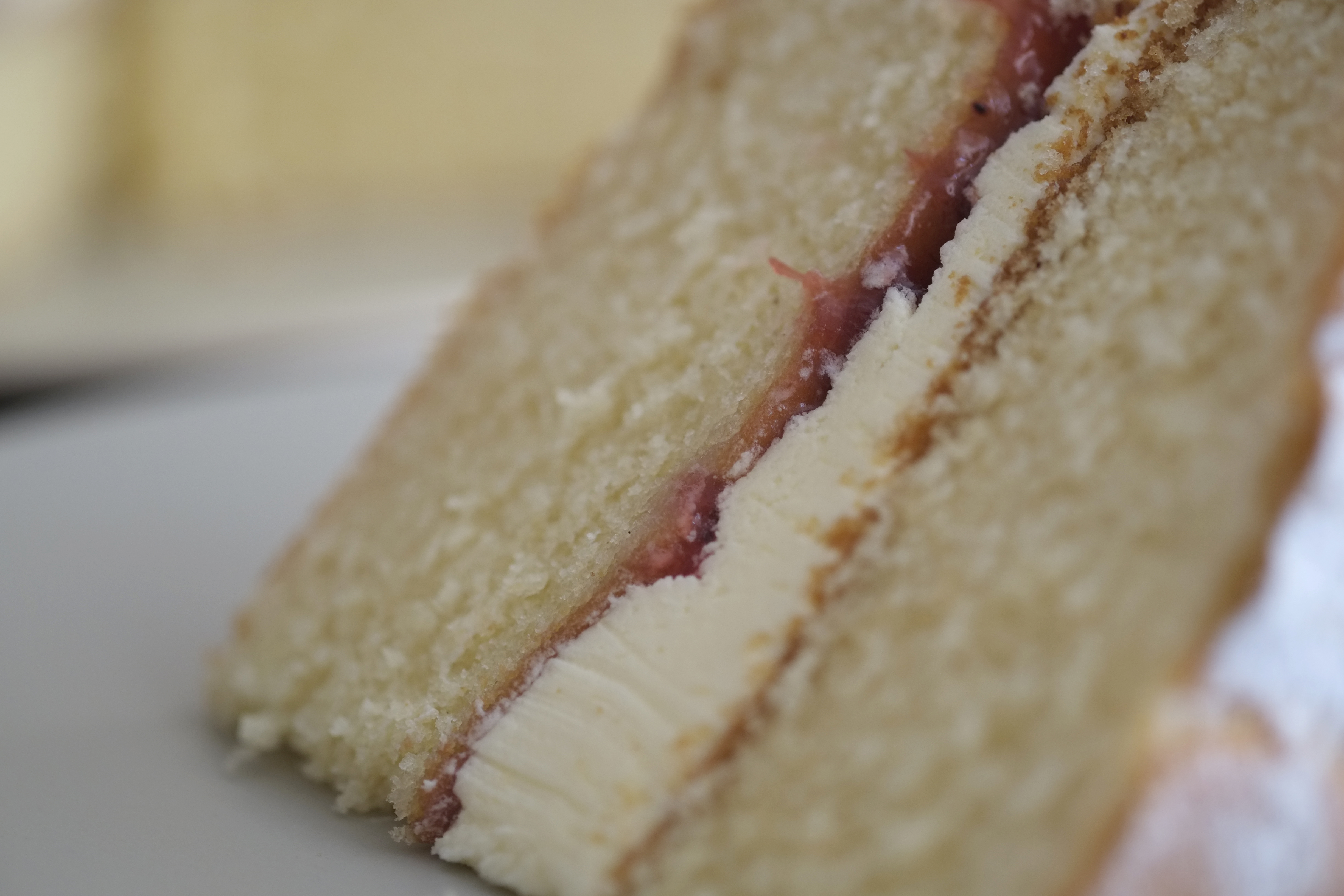
The same image as the one above after a quick levels adjustment. (See full image)

The X-Pro1 had no trouble focusing on the pigeon, while the wide aperture has blurred the background nicely. (See full image)
Sign up for breaking news, reviews, opinion, top tech deals, and more.
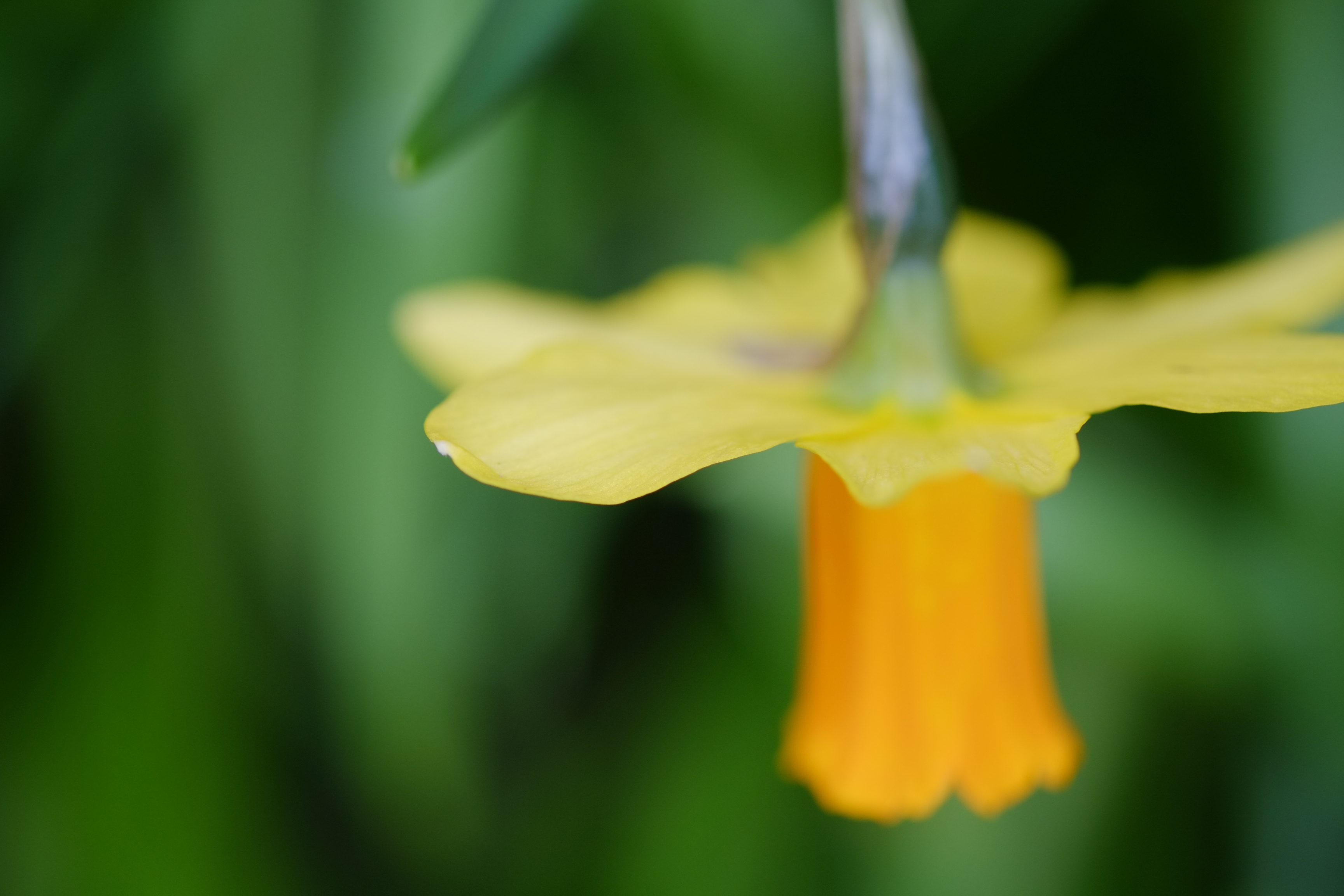
Edge sharpness is very good, while the out of focus areas are very attractive. Shot on the 60mm macro lens, using film simulation bracketing - this is the Astia filter. (See full image)
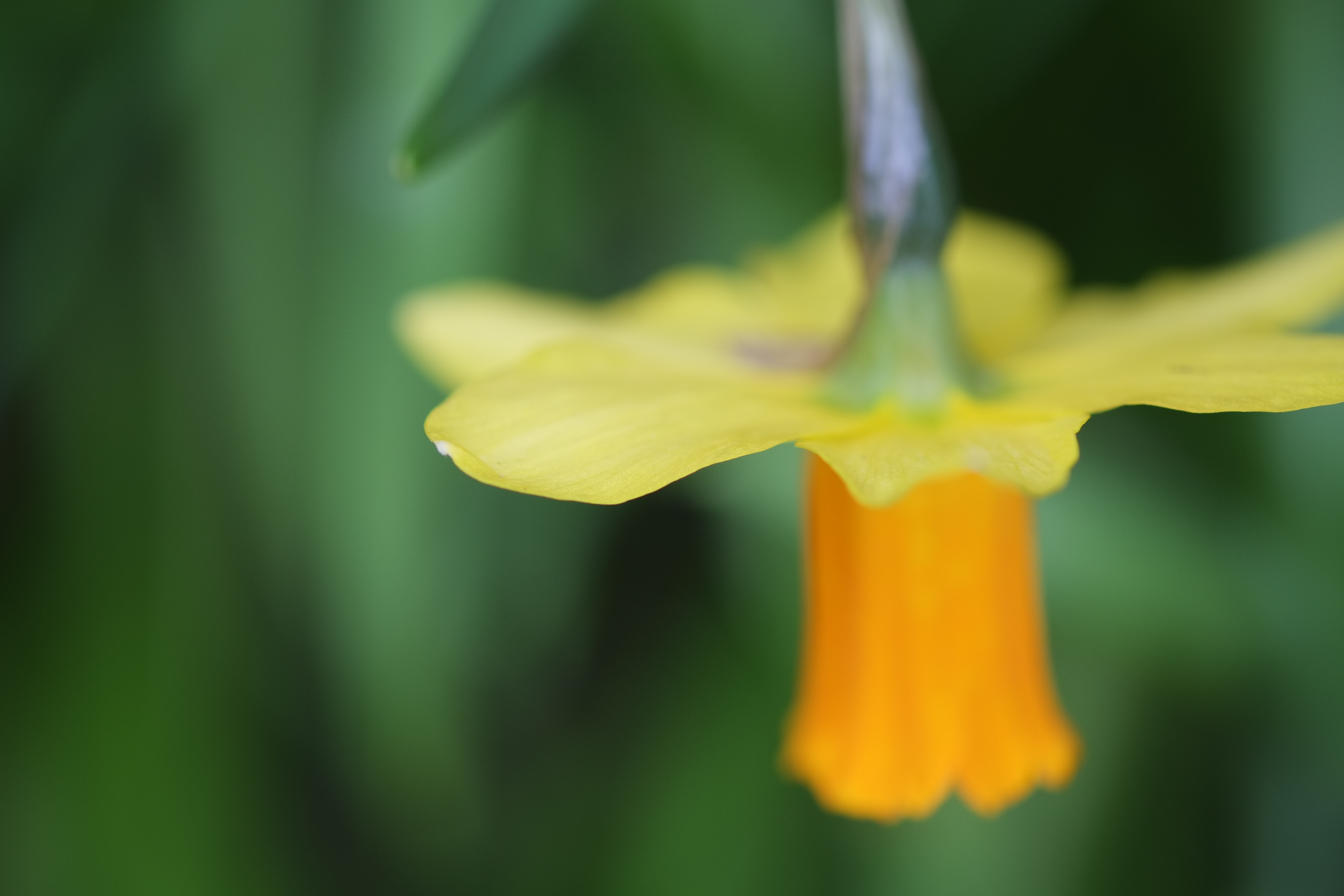
Here you can see the "standard" or Provia film simulation. (See full image)
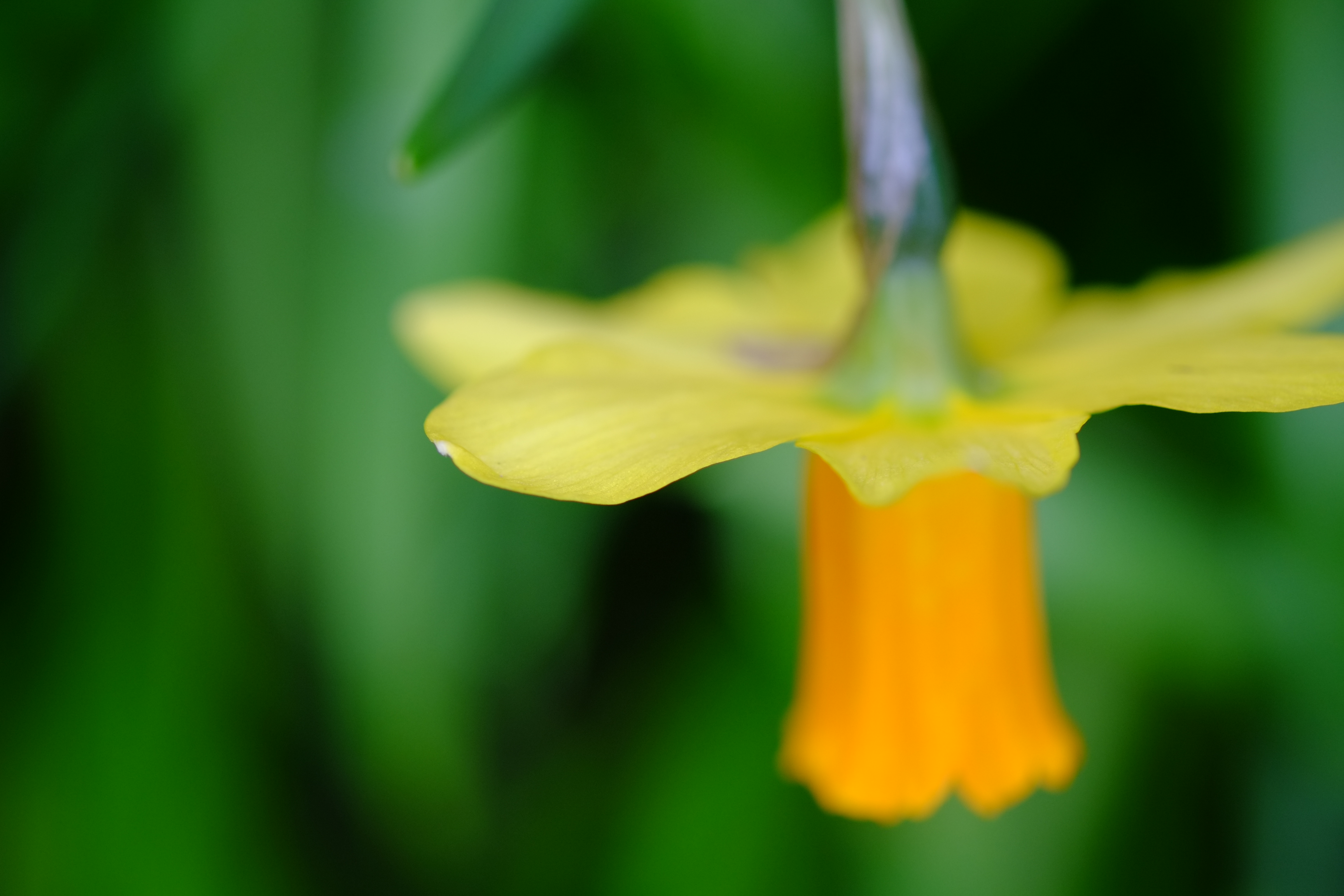
The Velvia simulation, as you might expect, provides the richest and most vibrant colours. (See full image)
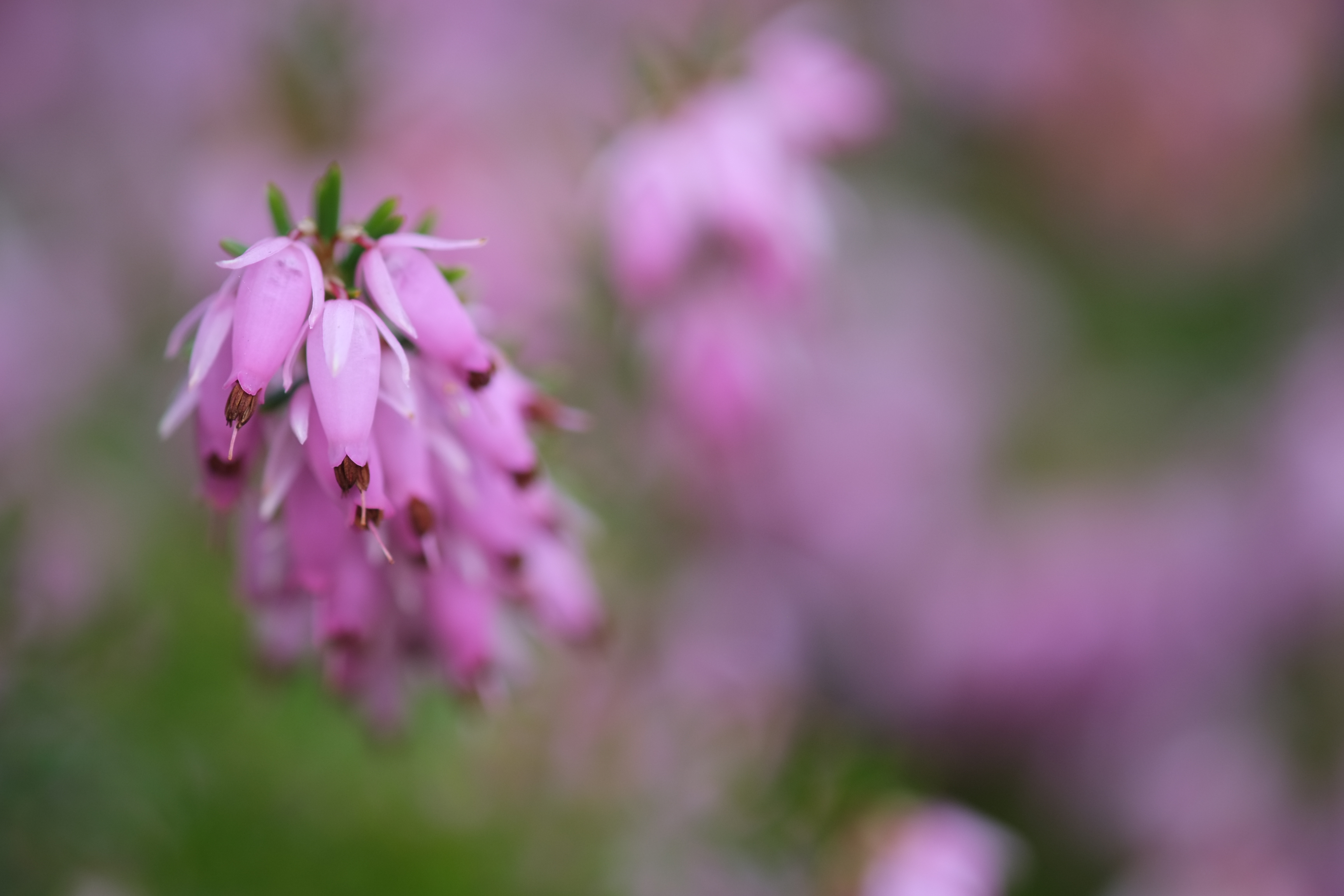
Focusing is very quick on the X Pro1, if not quite as fast as on other compact system cameras, such as the Olympus OM-D. It can take a little time hunting for focus, but switching on the macro mode helps in situations like this. Shot on the 60mm macro lens, with the Astia filter. (See full image)
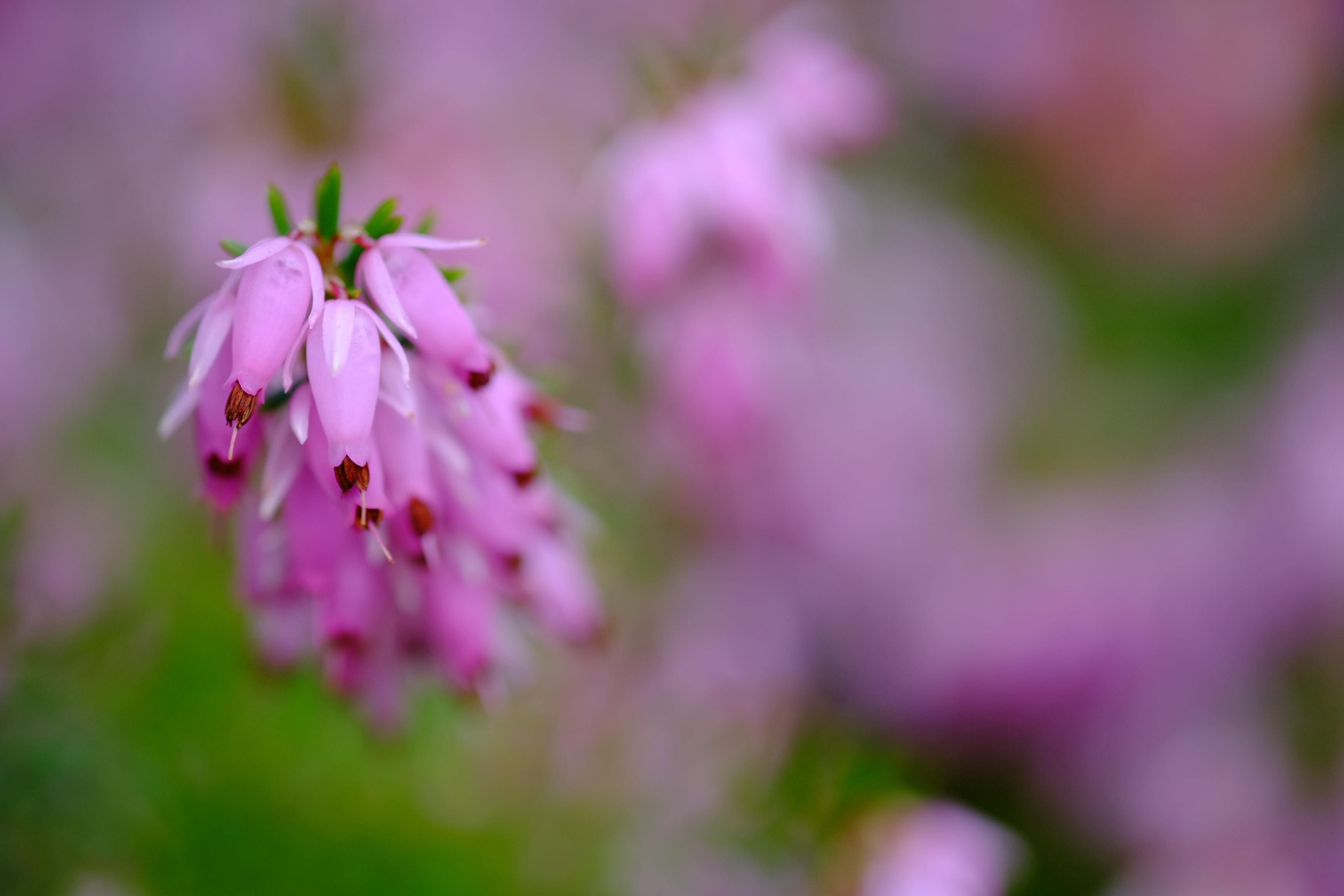
Shot on the 60mm macro lens, with the Provia (standard) filter. (See full image)
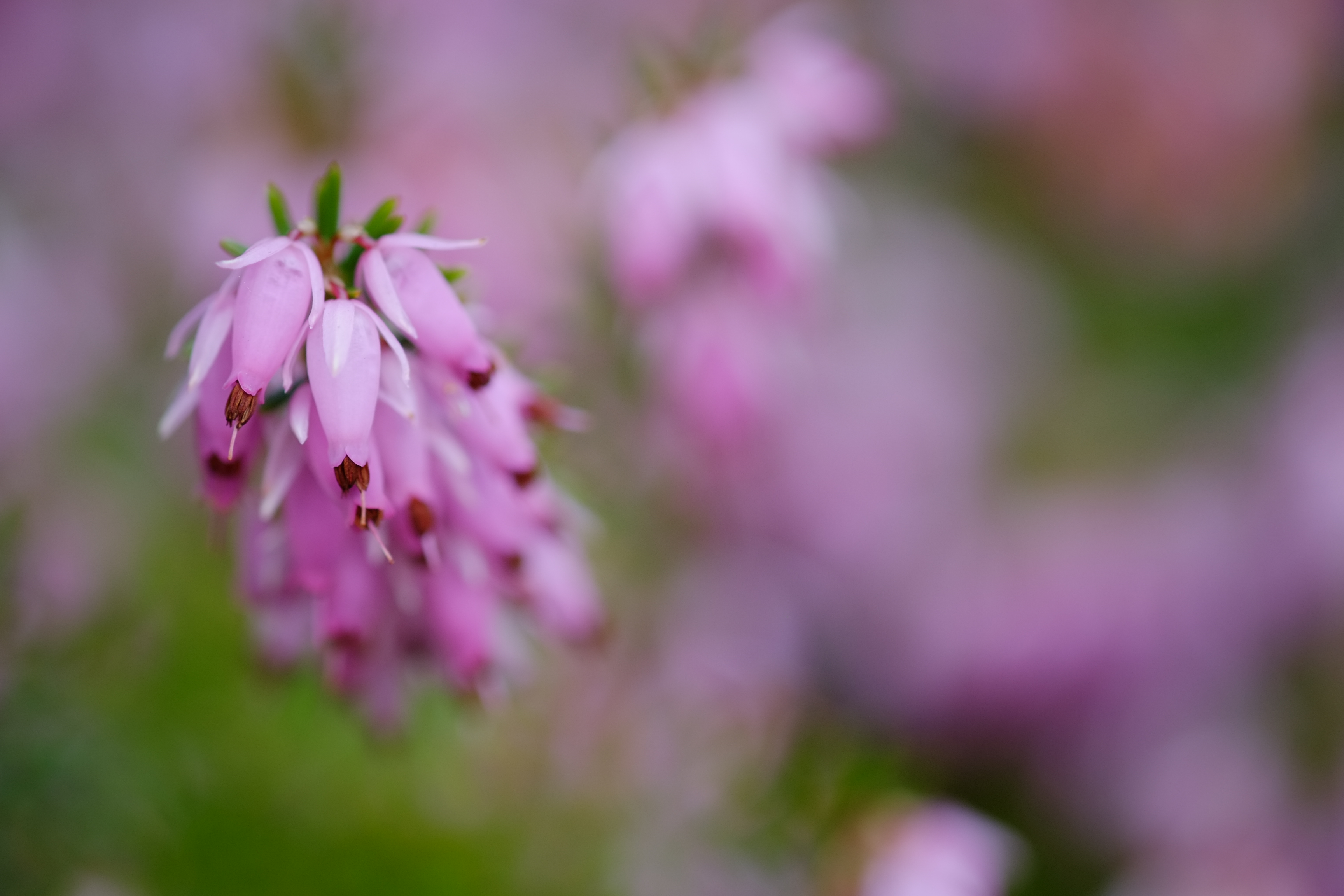
Shot on the 60mm macro lens with the Velvia filter. (See full image)
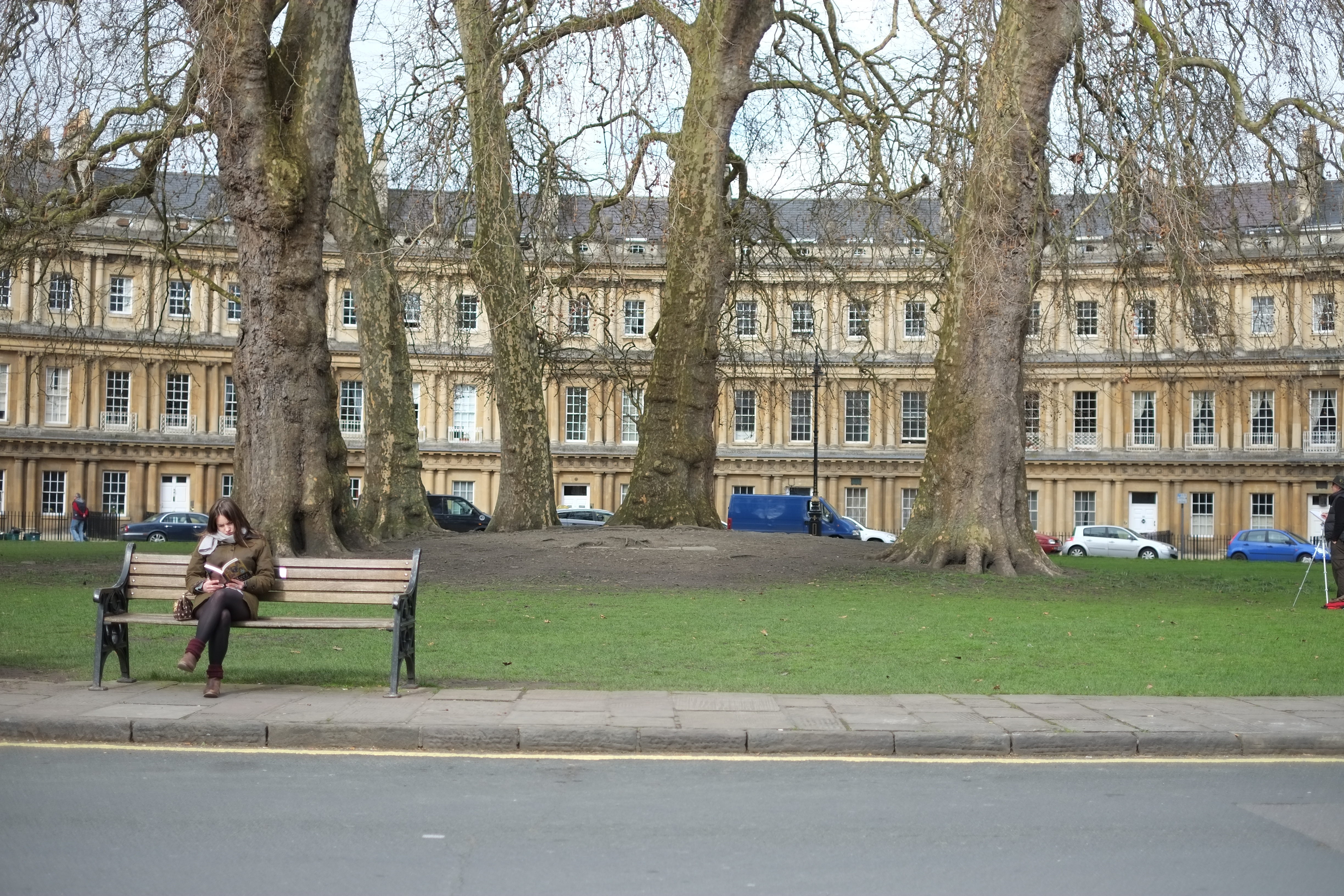
You have the option of choosing the optical viewfinder, electronic viewfinder or shooting via Live View mode when using the camera, depending on the situation. (See full image)
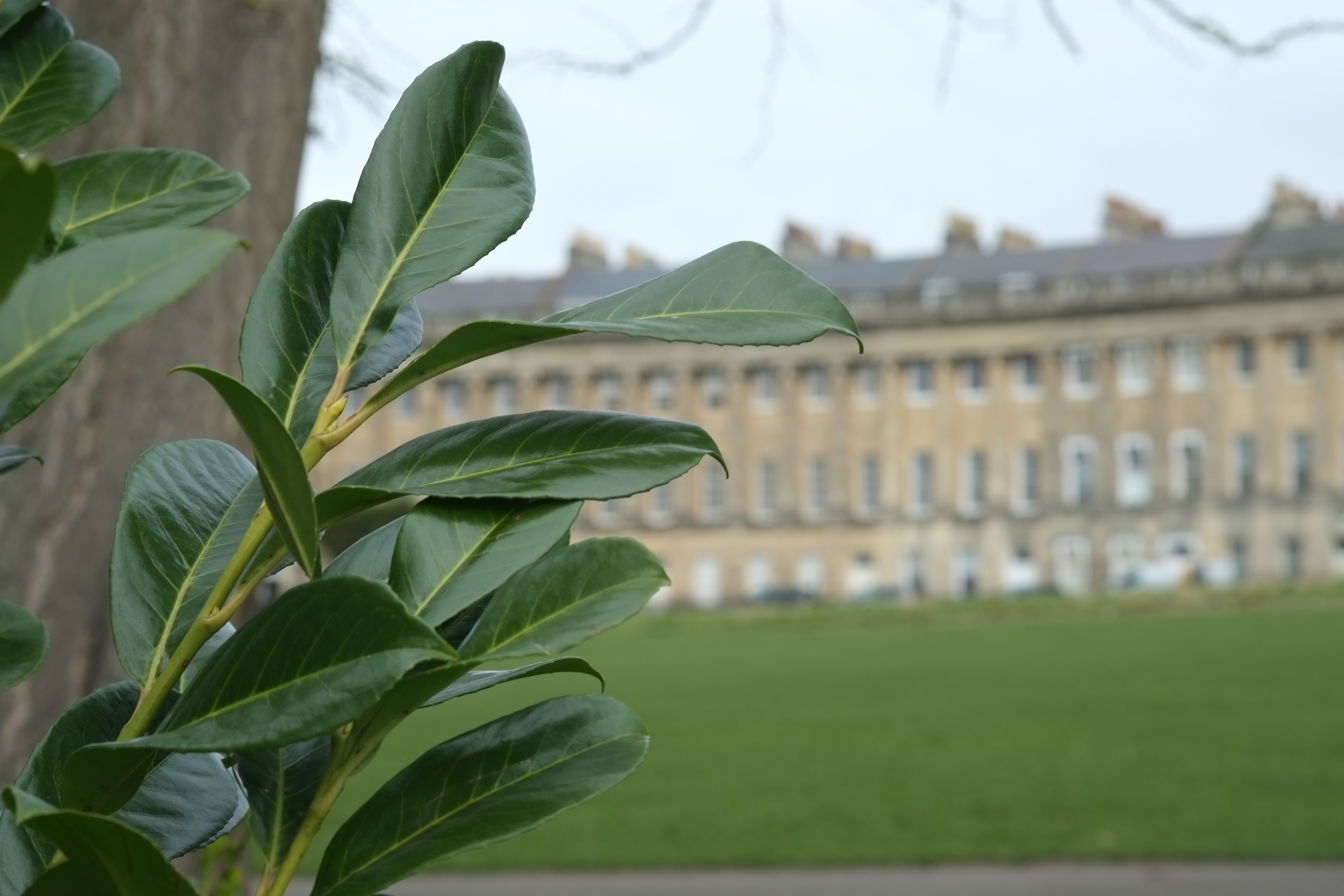
The aperture is altered via a ring on the lens barrel itself, with f/1.4 being the widest available on the 35mm lens. This image was shot at f/9. (See full image)
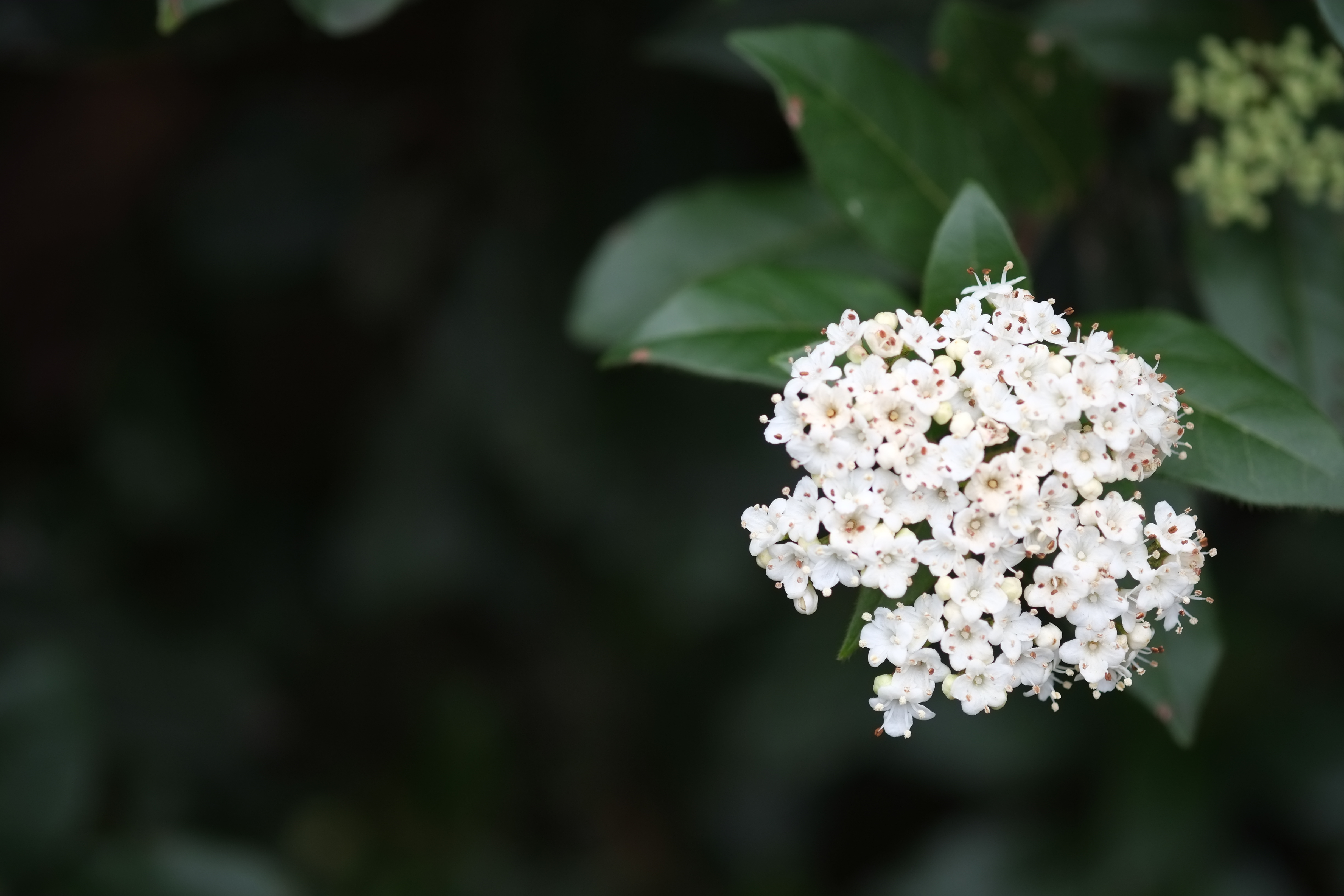
Exposure compensation is altered via a mode dial on top of the camera, this image was shot at f/2.4, with an EV of -1.3. (See full image)
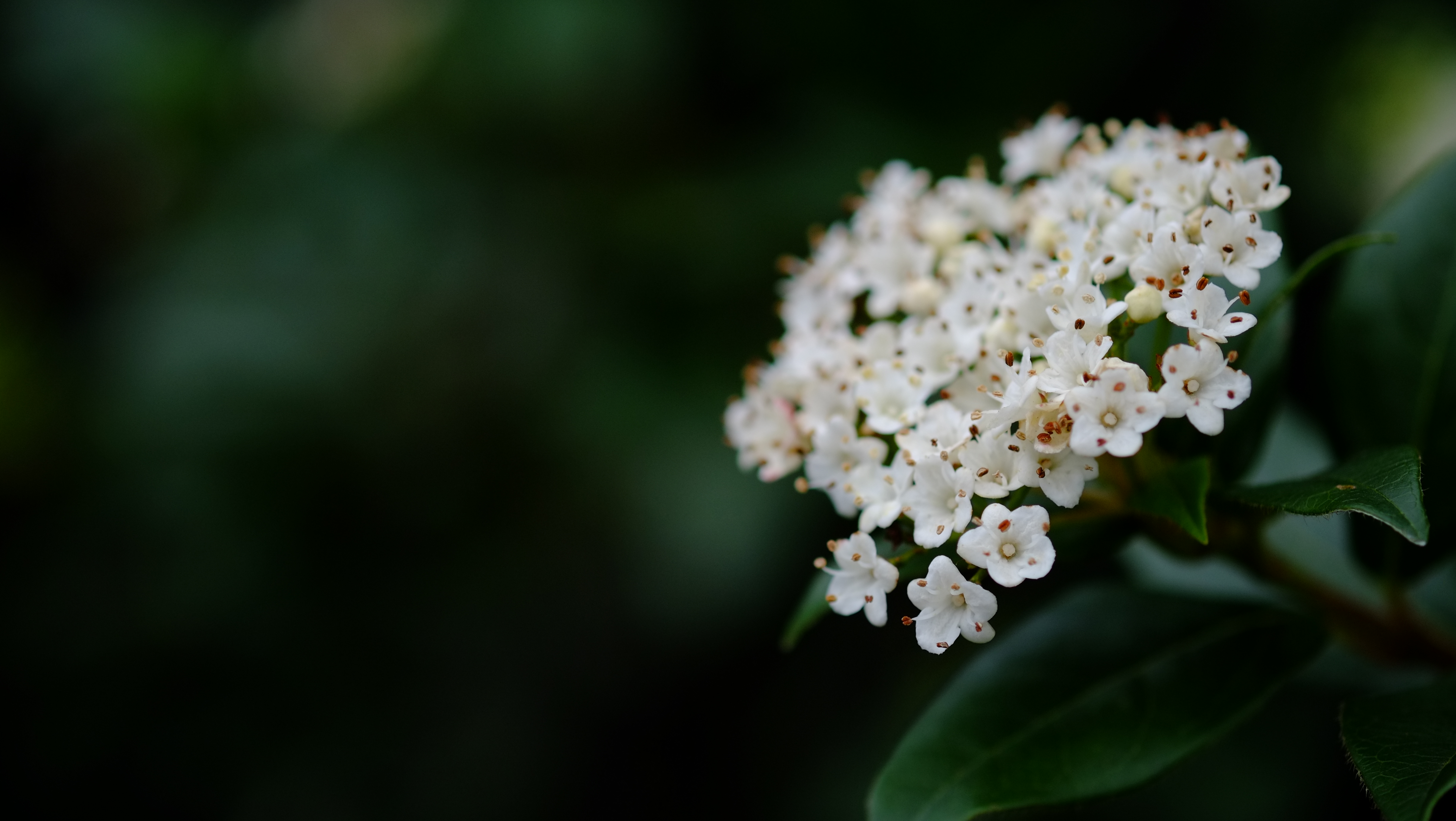
You can shoot in a variety of different formats, including 16:9. This image is shot with the PRO Neg. Hi filter using the 60mm macro lens. (See full image)
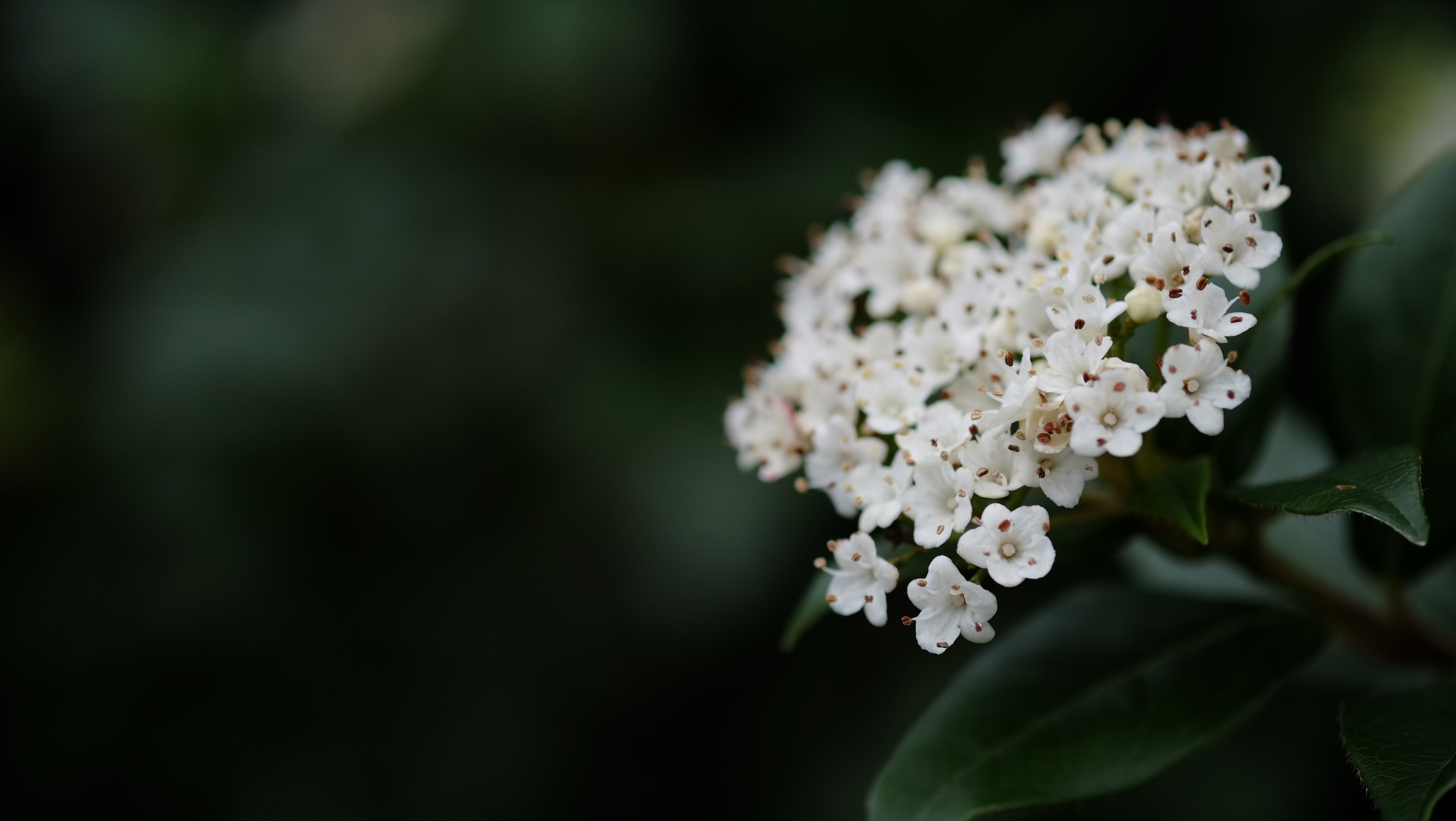
Shot with the 60mm macro, using the Velvia filter. (See full image)
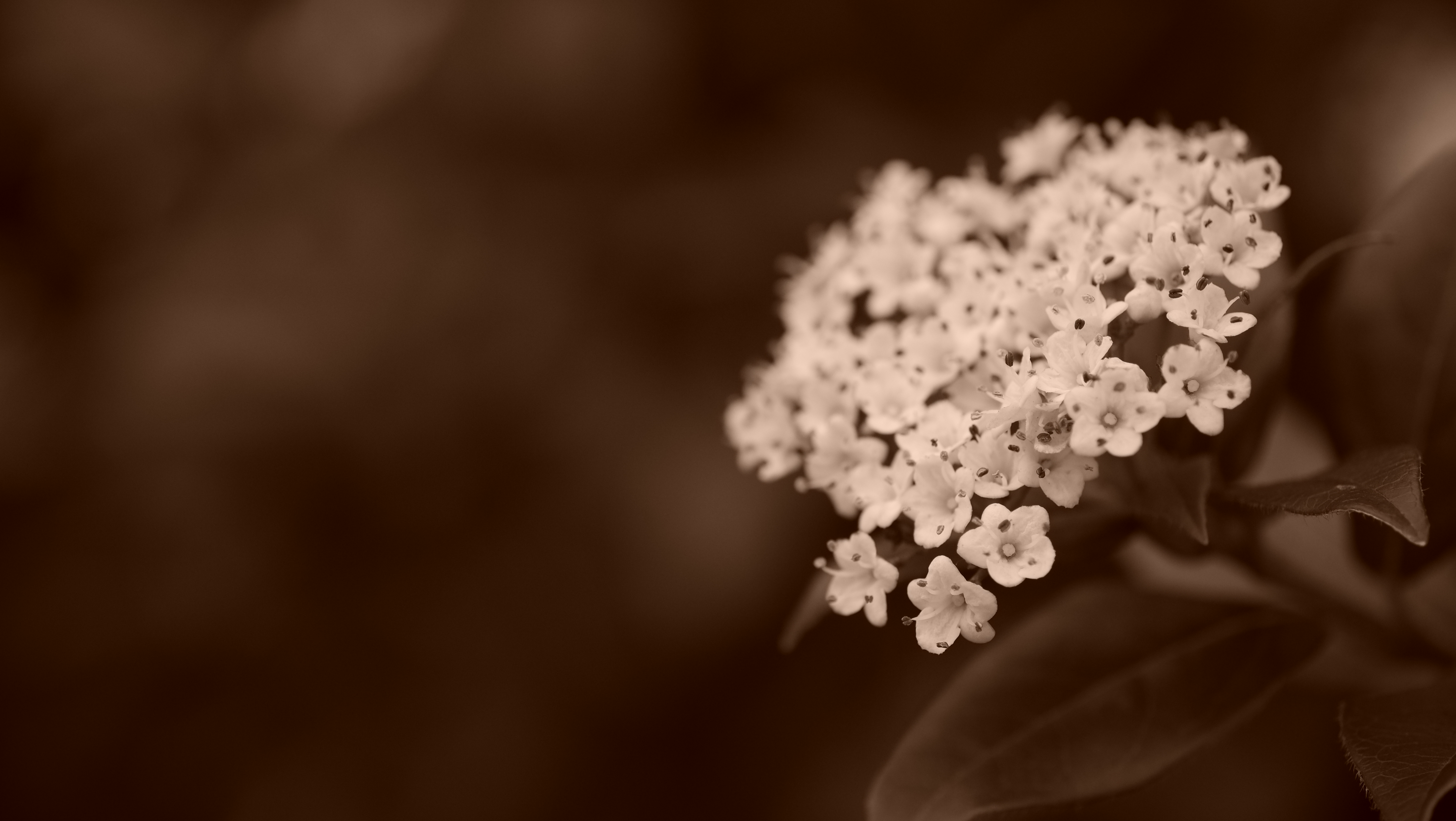
Shot with the 60mm macro, using the Sepia filter. (See full image)
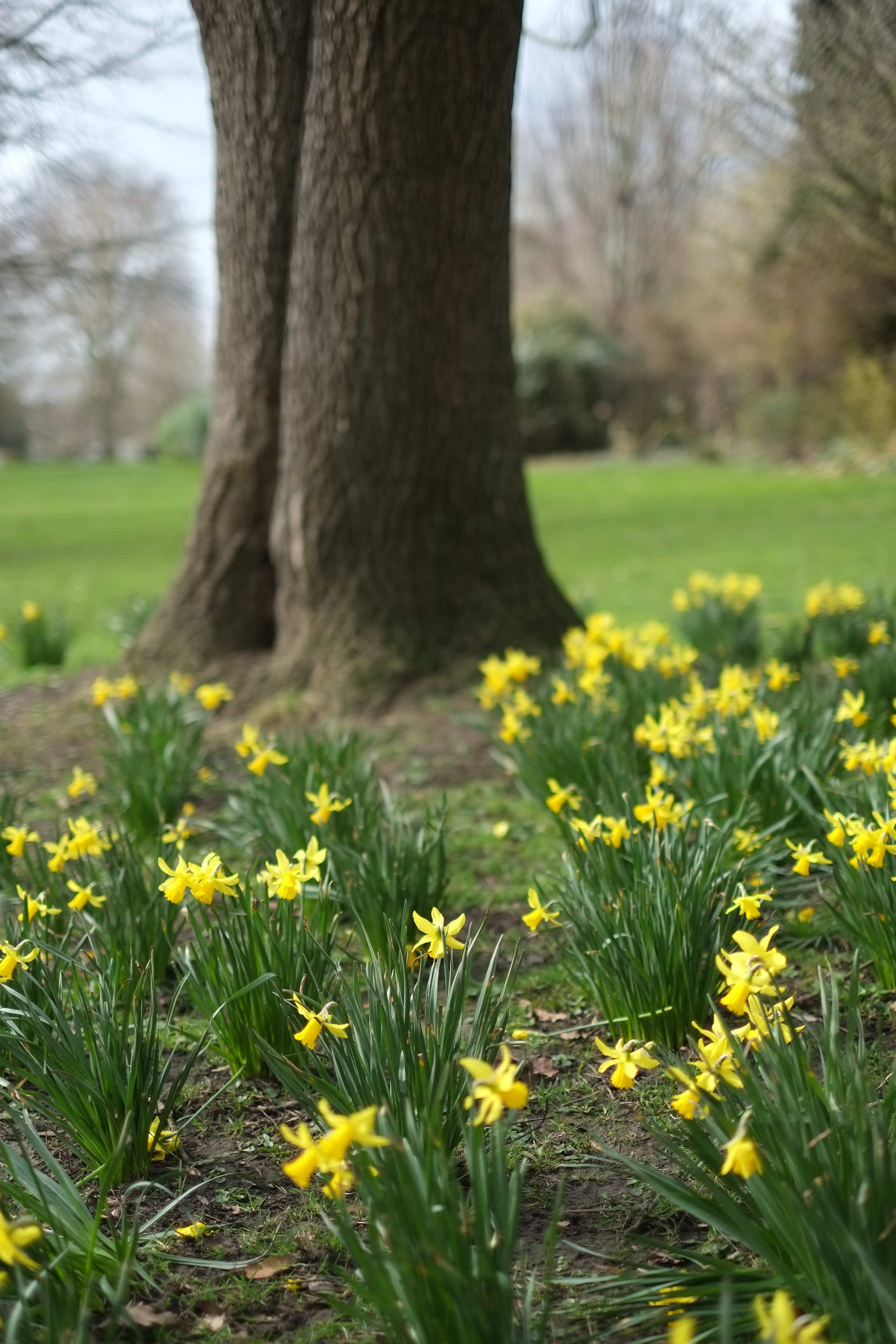
Colours are represented well when using the standard (Provia) setting, which can be boosted using Velvia, or muted slightly using Astia. (See full image)
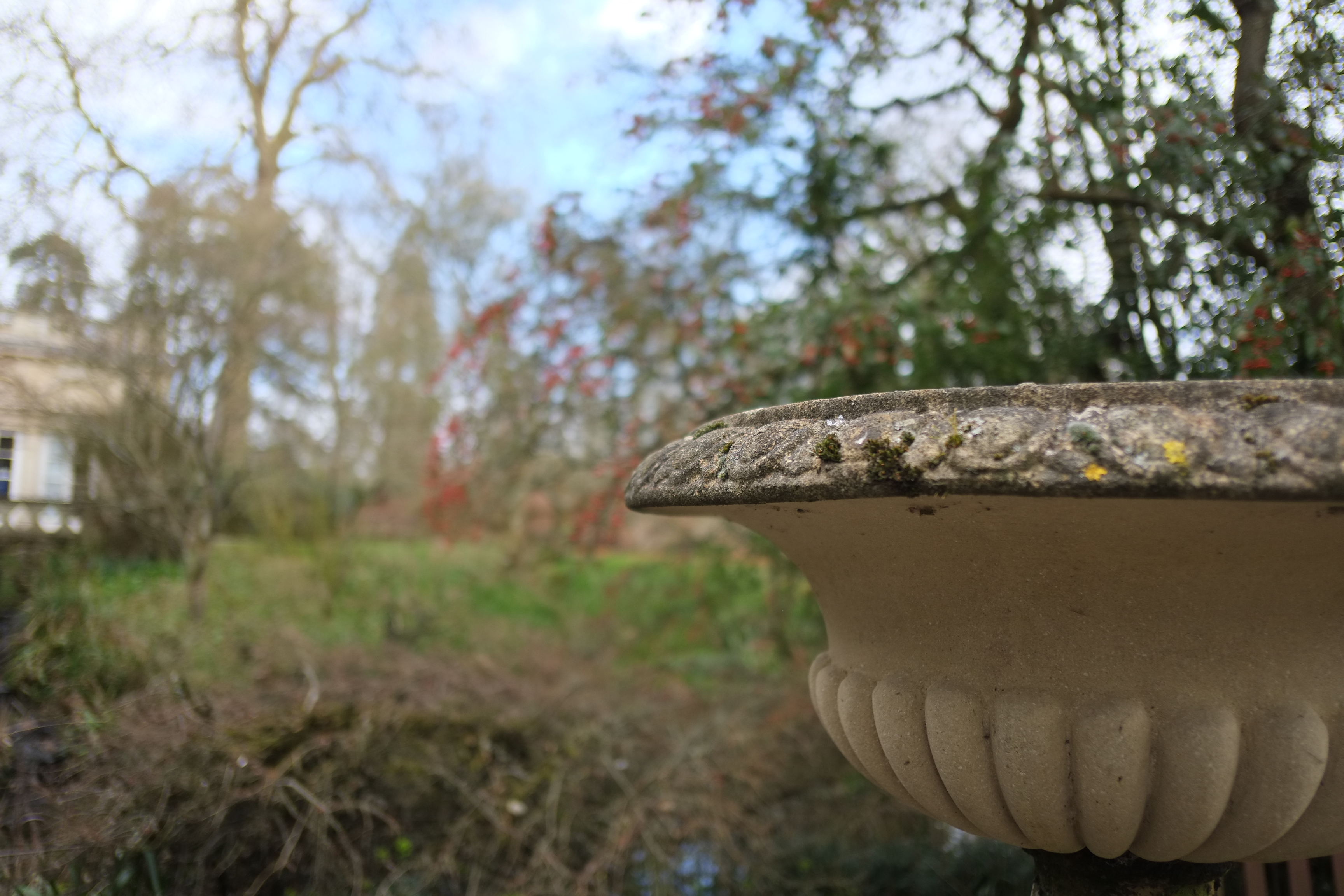
The 18mm lens provides a wide angle of view and stops down to f/2.0, allowing for shallow depth of field effects to be used. (See full image)
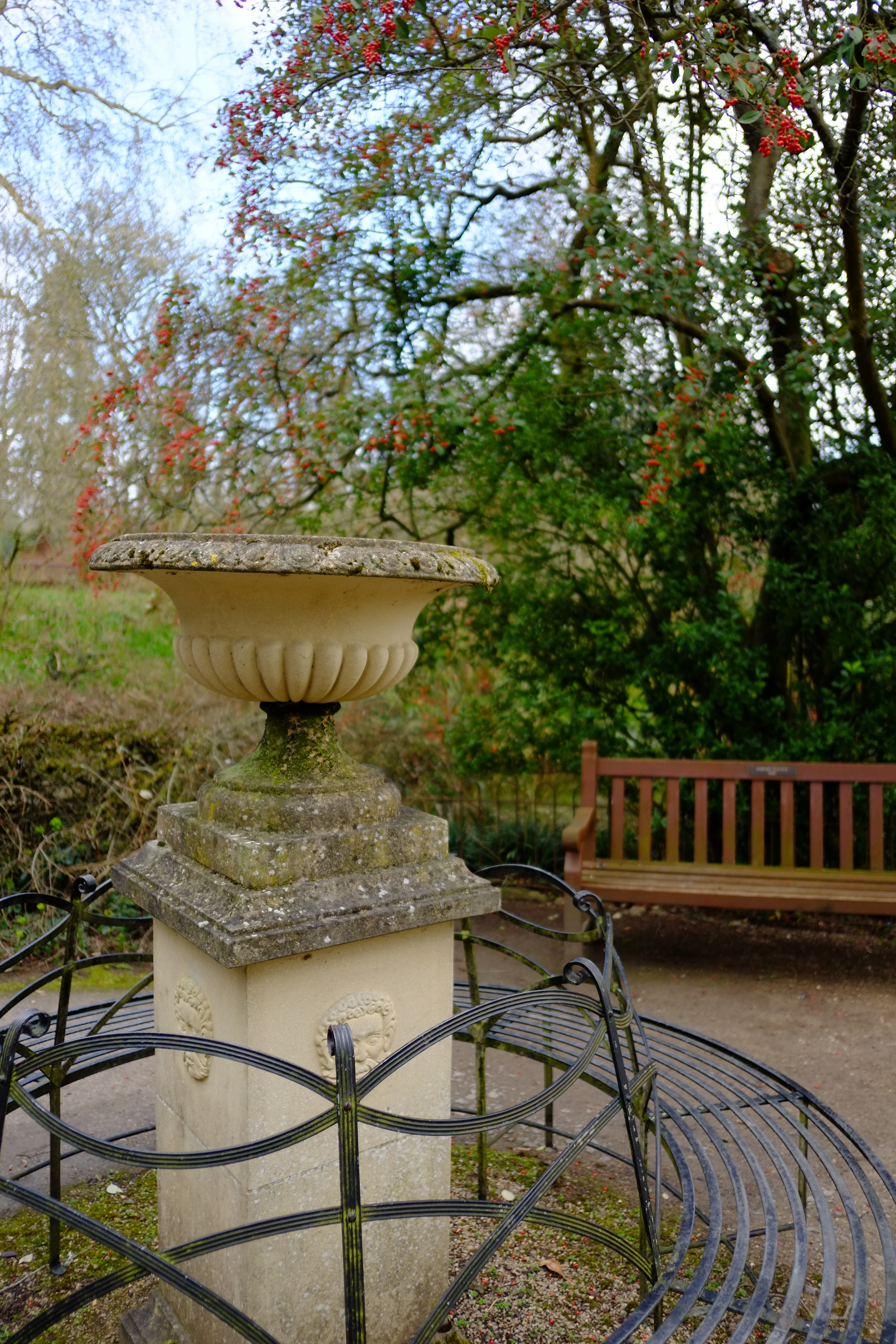
A large amount of the scene can be captured with the 18mm lens. (See full image)
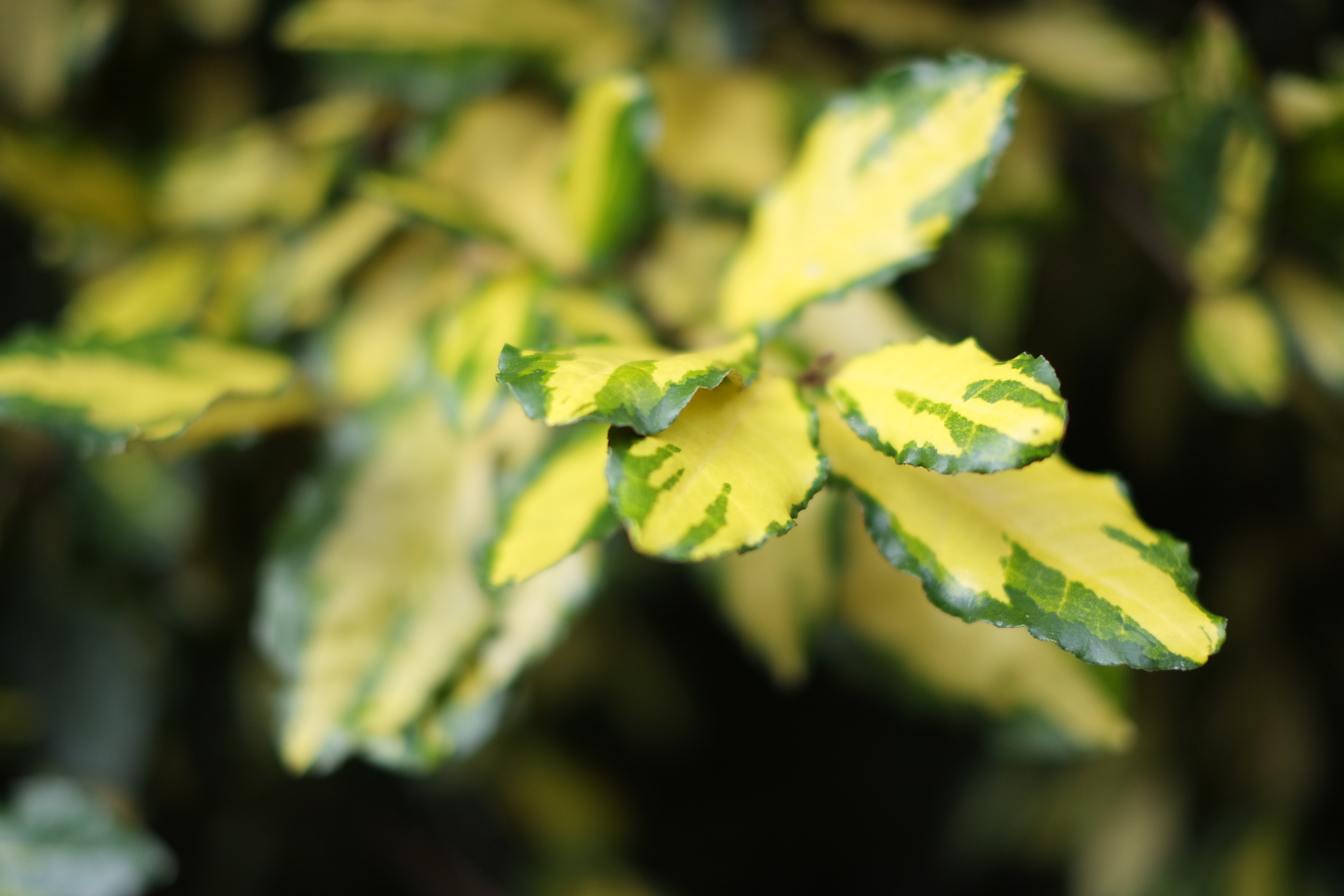
Colours are bright and punchy in this image, which has been shot with the Velvia filter. (See full image)
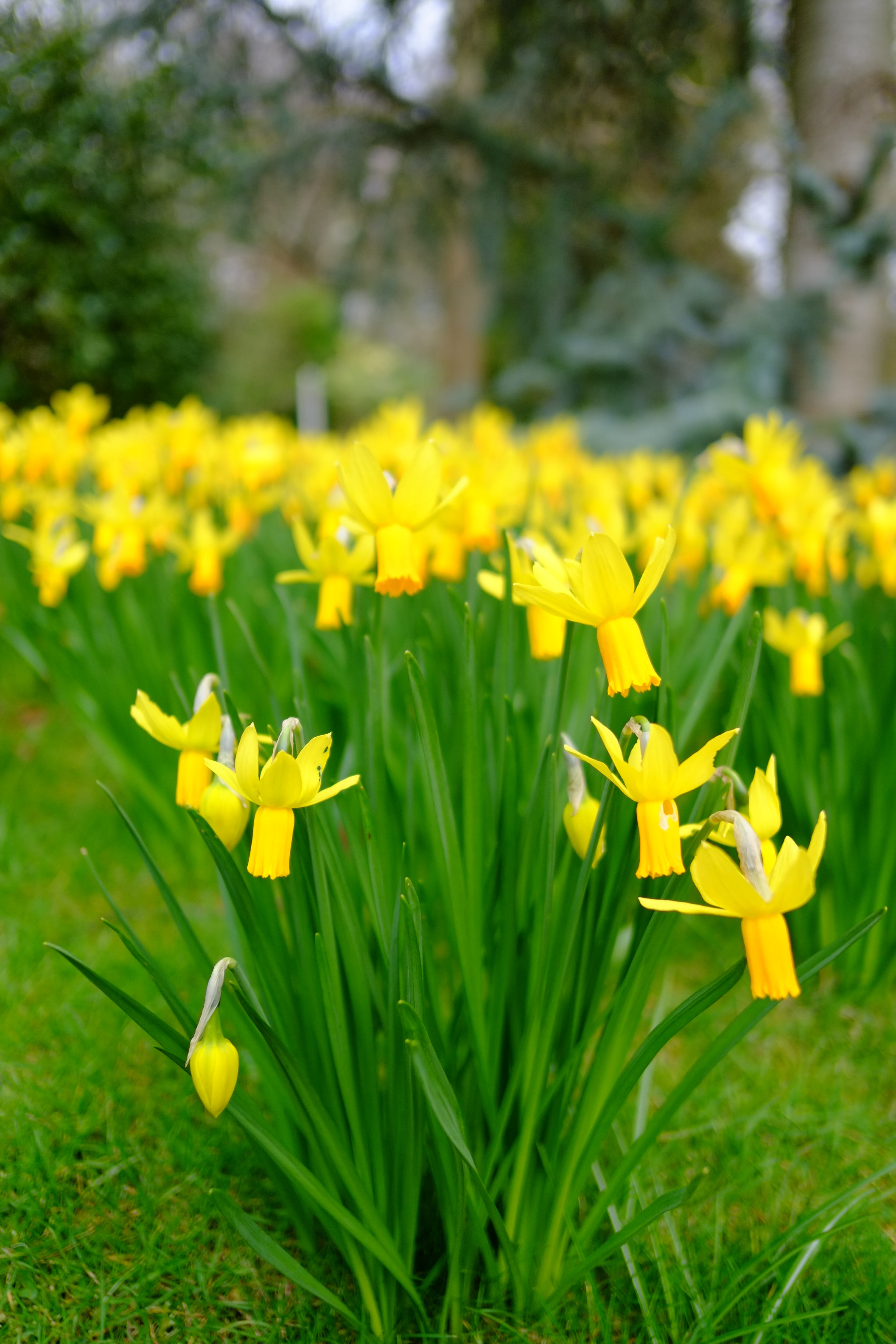
Even the 18mm lens can be used as a versatile lens, macro images can be shot by switching the camera to Macro mode, which is accessed via a dedicated button on the back of the camera. (See full image)
